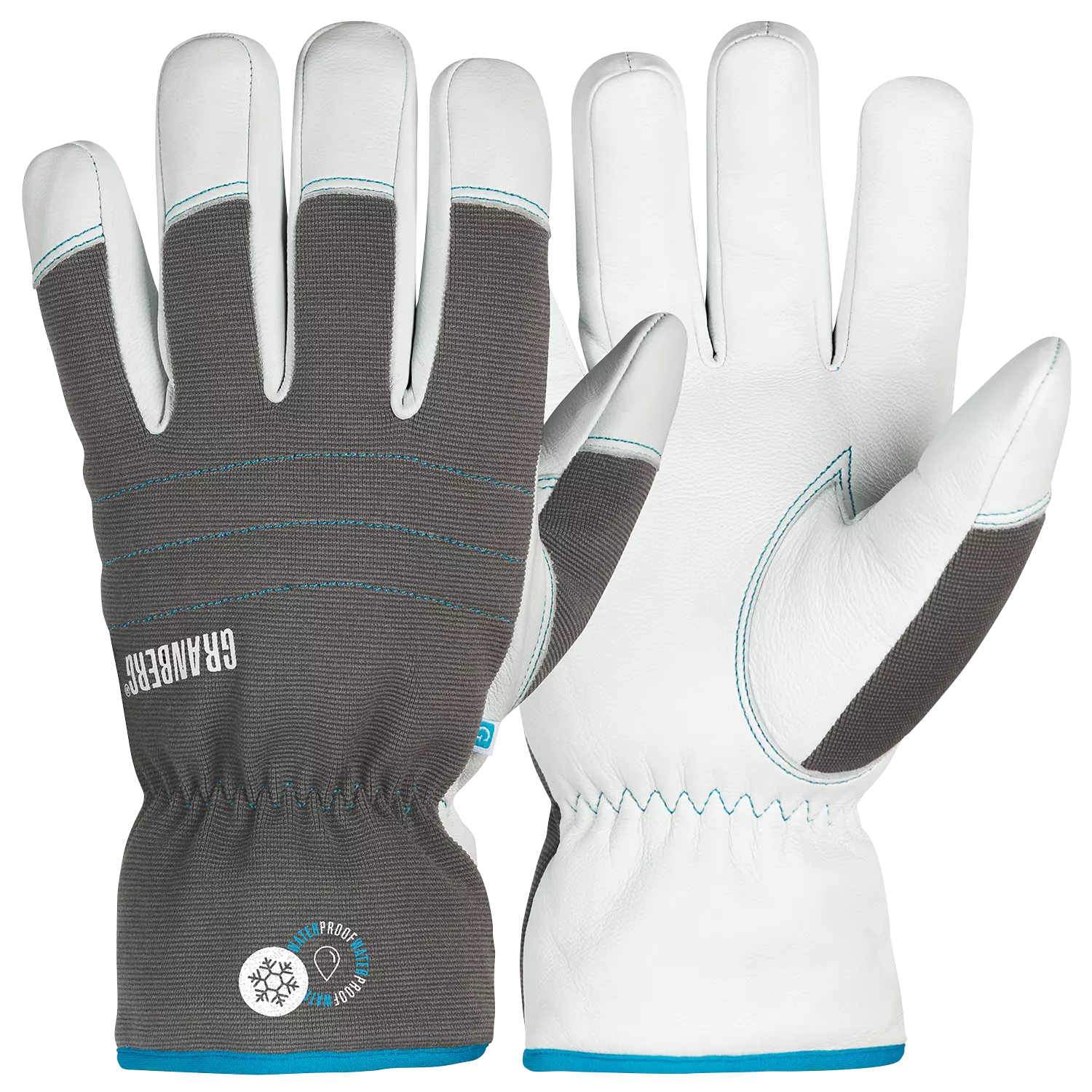
Granberg
Work Gloves Fully Thinsulate™-Lined, Grey/White, 6 pairs
Work Gloves Fully Thinsulate™-Lined, Grey/White, 6 pairs
4.7 / 5
105,52 €
Price per 6 pairs
17,59 € / pair
Choose size
Free delivery
Product description
These professional winter work gloves combine superior protection with exceptional comfort through their innovative ProTex™ wind-and waterproof membrane and 3M Thinsulate™ C40 insulation technology. The premium goatskin palm construction paired with flexible Spandex backing delivers optimal dexterity and durability. Engineered for challenging cold-weather conditions, these gloves provide excellent thermal insulation while maintaining breathability for extended wear.
Product Features:
- ProTex™ waterproof, breathable membrane
- 3M Thinsulate™ C40 insulation
- Goatskin palm with Spandex back construction
- Full lining for enhanced comfort
- Normal fit design
Technical Details:
- Length: 24-29 cm
- Thickness: 0.85-0.95 mm
- Convective cold resistance: Level 2
- Contact cold resistance: Level 2
- Water penetration resistance: Level 0
Protection Ratings:
- Abrasion resistance: Level 3
- Tear resistance: Level 2
- Puncture resistance: Level 2
- Circular blade cut resistance: Level 1
Recommended Applications:
- Construction and heavy-duty work
- Shipping and cold storage operations
- Outdoor winter activities
- Damp, windy, and cold environments
Standards:
- CE Category II certified
- EN ISO 21420:2020 compliant